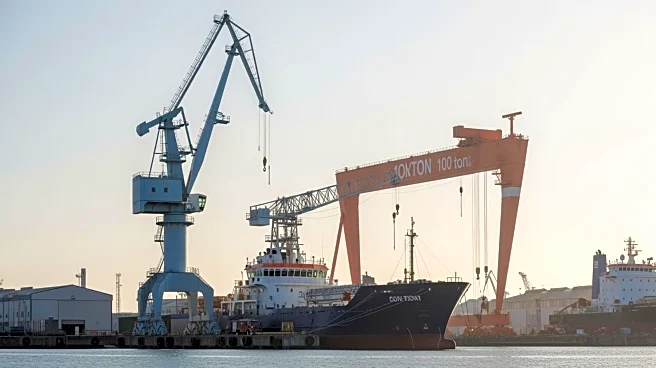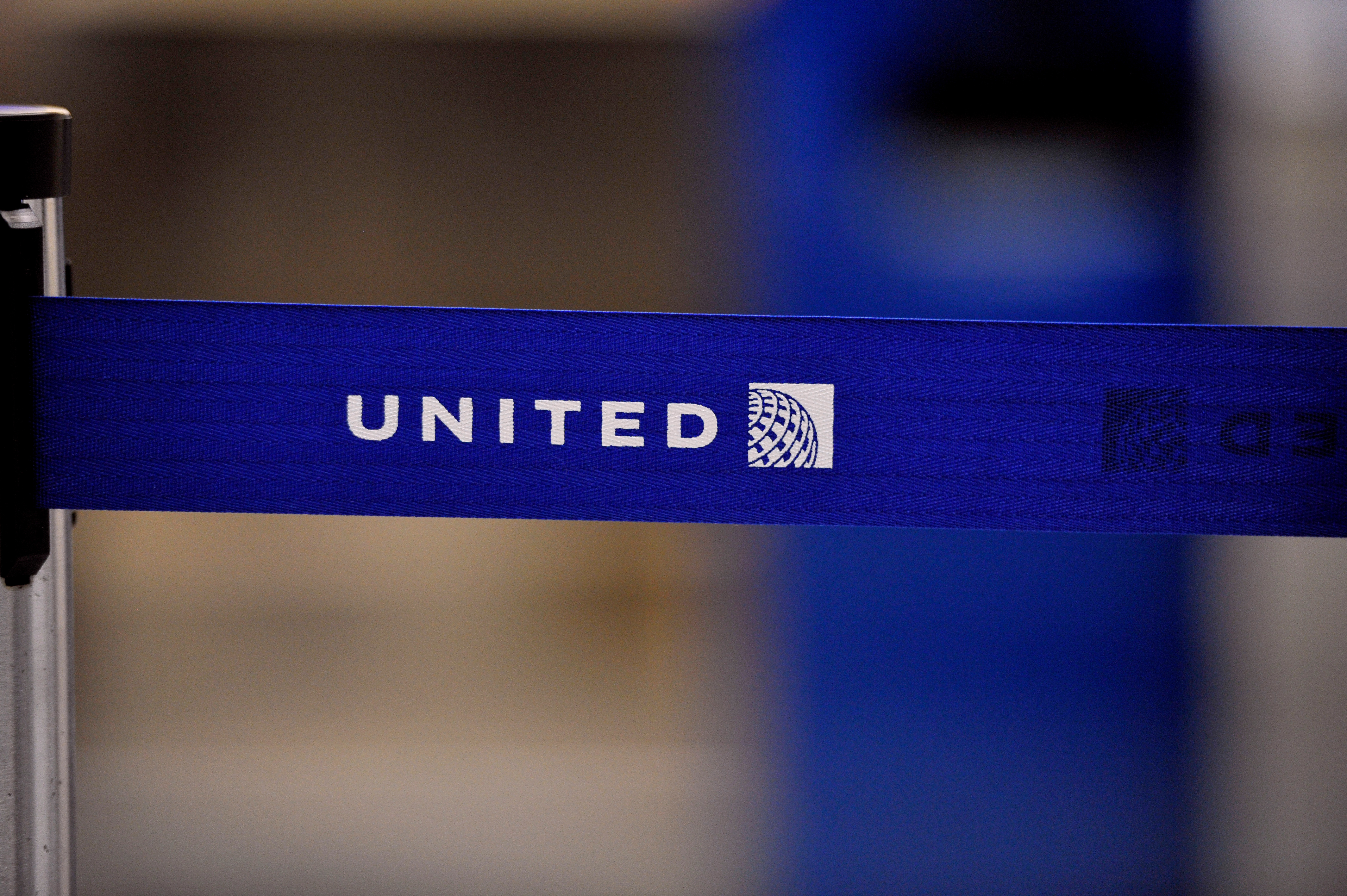What's Happening?
St. Johns Ship Building (SJSB), a subsidiary of Americraft Marine Group, has announced the commissioning of a new 100-ton Link-Belt rough terrain crane. This acquisition was made possible through funding from the U.S. Department of Transportation’s Maritime
Administration (MARAD) Small Shipyard Grant Program. The crane, fabricated and assembled in Lexington, Kentucky, is designed to enhance the shipyard's material-handling and modular assembly capabilities. It supports a growing backlog of commercial and government vessel programs. The 100|RT crane features a five-section, full-power boom extending to 155 feet, with an optional tip height of 237 feet. It includes Link-Belt’s PULSE 2.0 operating system, real-time telematics, and a modern ergonomic operator cab. The crane's under-95,000-pound transport weight and one-person fly erection technology make it highly versatile.
Why It's Important?
The commissioning of the new crane is significant for St. Johns Ship Building as it enhances the shipyard's operational capabilities, allowing for more efficient handling of materials and assembly of vessels. This development is crucial in meeting the demands of both commercial and government contracts, potentially leading to increased productivity and competitiveness in the shipbuilding industry. The investment reflects the U.S. government's commitment to supporting domestic shipbuilding through grants, which can stimulate economic growth and job creation in the sector. The advanced features of the crane, such as real-time telematics and ergonomic design, also highlight the industry's move towards integrating technology for improved efficiency and safety.
What's Next?
With the new crane in operation, St. Johns Ship Building is likely to see an increase in its capacity to manage larger and more complex projects. This could lead to the expansion of its client base and the securing of additional contracts, both domestically and internationally. The shipyard may also explore further technological upgrades and investments to maintain its competitive edge. Stakeholders, including government agencies and commercial clients, will be watching closely to assess the impact of this enhancement on project timelines and quality. The success of this initiative could encourage similar investments in other shipyards, fostering growth across the industry.
Beyond the Headlines
The introduction of advanced equipment like the Link-Belt crane may set a precedent for other shipyards to follow, potentially leading to a broader modernization trend within the industry. This could have long-term implications for the U.S. shipbuilding sector, including increased competitiveness on a global scale. Additionally, the focus on technology and efficiency may drive further innovation, influencing how shipyards approach sustainability and environmental impact in their operations.
















